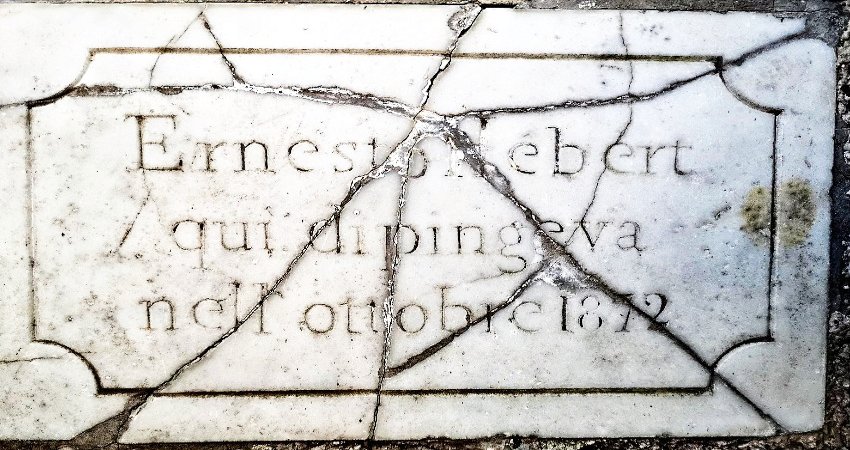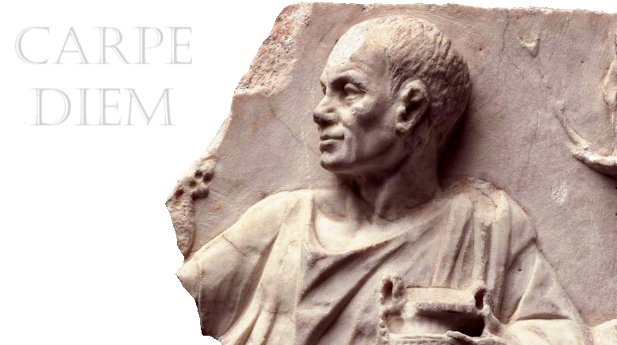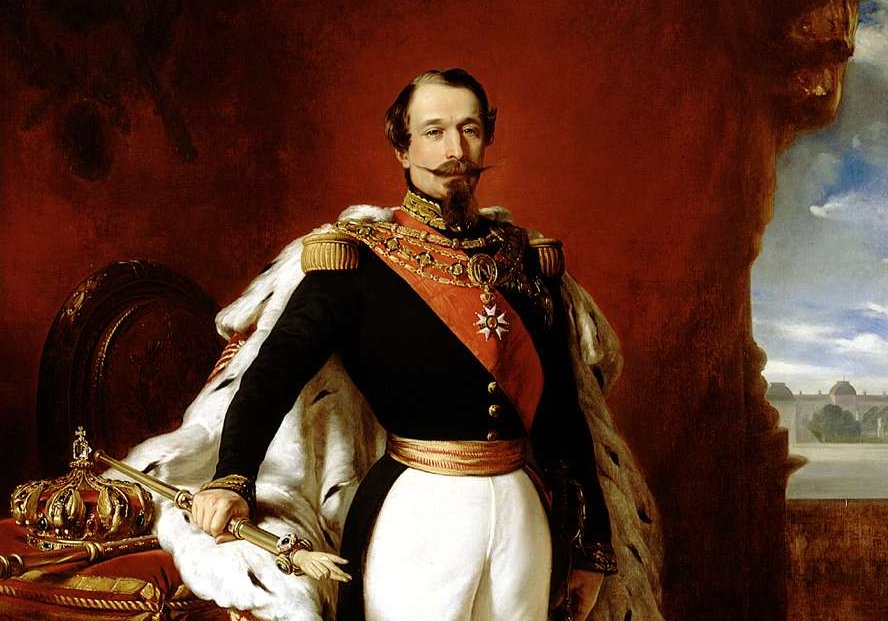Art & People at Mandela
From Horace to
Napoleon's Family
The long story of a graceful site - Salons and Grand Tourers



Mandela is in the Aniene River Valley, famous for the magnificent summer retreats since ancient times, from those of the Roman Emperors, such as Hadrian’s Villa, to Renaissance Villa d’Este, located in Tivoli because of the proximity with Rome and the cooler temperatures in summer. And, of course, among these were Horace's Gardens, where the poet used to walk; the French painter Corot would have later given an intense thought of his presence here.
The Aniene River flows into the Tiber, which then flows into Rome.
The parkland and the beautiful views surrounding the Castle of Mandela have been immortalised as the ideal landscape by the German painter Jakob Philip Hackert (1737-1807). Hackert’s life has been documented in "Italian Journey" and in his biography, both written by Goethe, who had been one of the students of Hackert’s art school in Licenza, near Mandela.
Hackert was already famous at his time for being the expert on the ideal landscape and was considered to be heir of Poussin and Lorrain, masters of the picturesque landscape movement, which inspired the natural romantic or English landscape garden movement in Europe.
After drawing around the Aniene River Valley, especially around Mandela, Sir William Hamilton suggested the to King of Naples to summon Hackert as a court painter, where Hackert painted some his most beautiful views. He also sold his watercolours on the views of the countryside of Horace's villa in the Aniene River Valley and around Mandela to the Queen of Naples who bought them as a gift for her sister Marie Antoniette of France. The same views were then reproduced in etchings for the King of Sweden, Gustav III, and after their success they where reproduced again in a smaller version.

In the 19th century, Julie Bonaparte, who was Napoleon’s grandniece, and the cousin of Napoleon III, married Alessandro del Gallo di Roccagiovine and became the Marchesa of Mandela; she refurbished the house into a comfortable romantic stately home to host her literary salon and her intellectual and artist friends on their Grand Tour.
Julie and Alessandro saved the beautiful pastures and the views around the castle, those celebrated by Hackert, and turned them into the landscaped parkland in the romantic fashion of the time; they did it without having to make them look as natural (as Capability Brown's canon on English landscape gardens required), since they already had all the components, archaeological ruins and pretty views naturally in place.